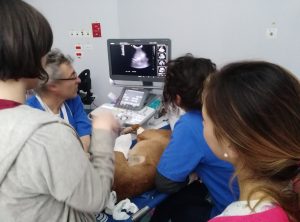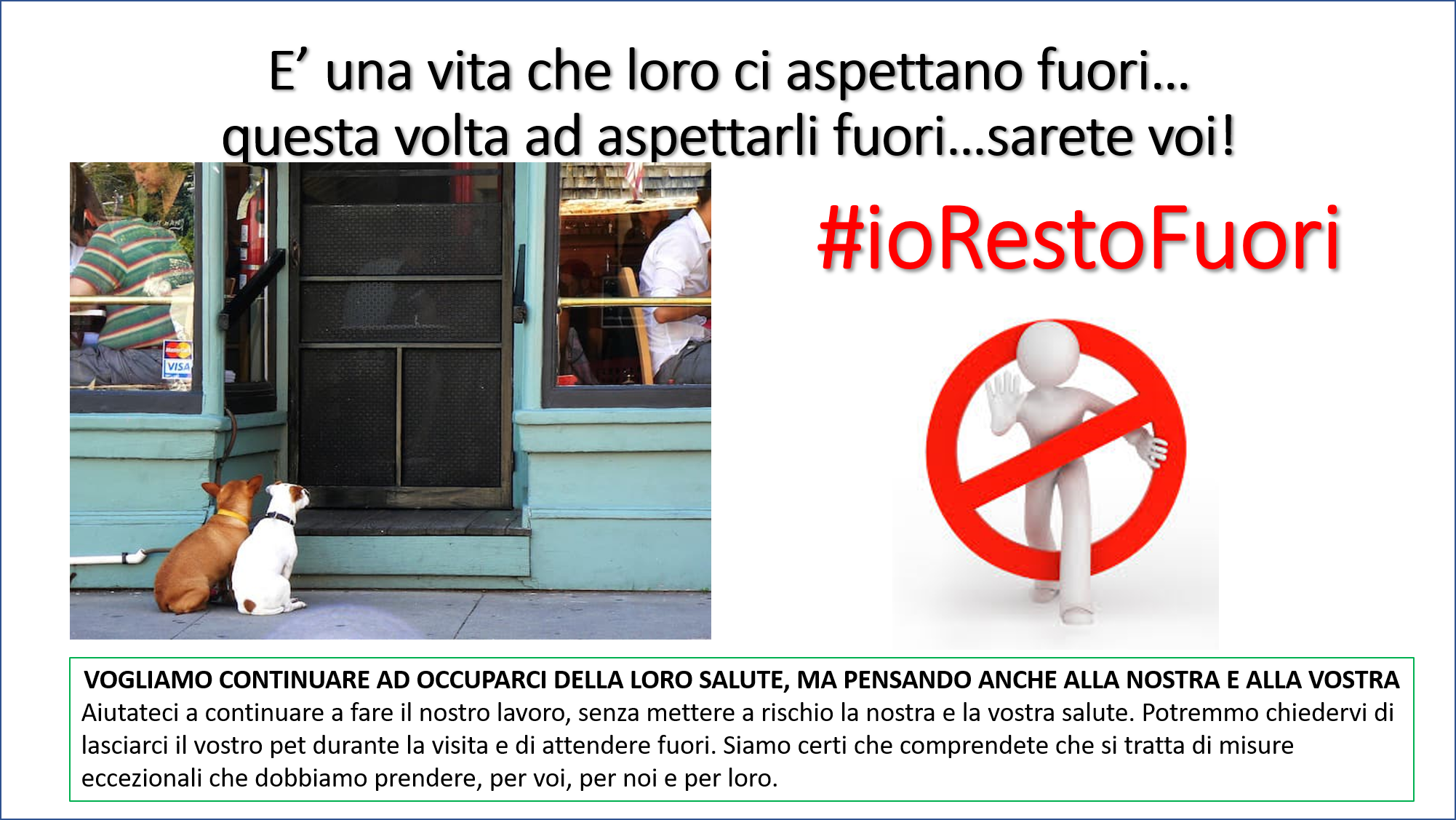Multidetector computed tomographic and low-field magnetic resonance imaging anatomy of the quadrigeminal cistern and characterization of supracollicular fluid accumulations in dogs
Bertolini G, Ricciardi M, Caldin M.
Multidetector computed tomographic and low-field magnetic resonance imaging anatomy of the quadrigeminal cistern and characterization of supracollicular fluid accumulations in dogs
Vet Radiol Ultrasound. 2016 May;57(3):259-68. doi: 10.1111/vru.12347
Richiedi l’articolo intero all’autore
Abstract
Focal fluid accumulations in the supracollicular region are commonly termed quadrigeminal cysts and may be either subclinical or associated with neurologic deficits in dogs. Little published information is available on normal imaging anatomy and anatomic relationships for the canine quadrigeminal cistern. Objectives of this observational, cross-sectional study were to describe normal quadrigeminal cistern anatomy and determine the prevalence and characteristics of supracollicular fluid accumulations in dogs. Normal descriptions were accomplished using computed tomographic (CT) cisternography in one canine cadaver, and CT and magnetic resonance imaging (MRI) studies of the brain in four prospectively recruited dogs with no evidence of intracranial disease. Prevalence and characteristics descriptions were accomplished using a retrospective review of brain CT or MRI studies performed during the period of 2005-2015. The normal quadrigeminal cistern consistently exhibited a complex H shape and was separated from the third ventricle by a thin membrane. Prevalence of supracollicular fluid accumulations (SFAs) was 2.19% among CT studies (n = 4427) and 2.2% among MRI studies (n = 626). Dogs with SFA were significantly younger than control dogs (P < 0.0001). Shih-tzu (OR = 111.6), Chihuahua (OR = 81.1), and Maltese (OR = 27.6) breed dogs were predisposed (P < 0.0001). Among dogs with SFAs, the following three patterns were defined: (1) third ventricle (49.54%), (2) quadrigeminal cistern (13.51%), and (3) both third ventricle and quadrigeminal cistern (36.93%). Authors recommend that the term supracollicular fluid accumulation (SFA) should be used rather than the term quadrigeminal cyst to describe these focal fluid accumulations in dogs.
© 2016 American College of Veterinary Radiology.






 Il Direttore Sanitario Dott. Marco Caldin
Il Direttore Sanitario Dott. Marco Caldin